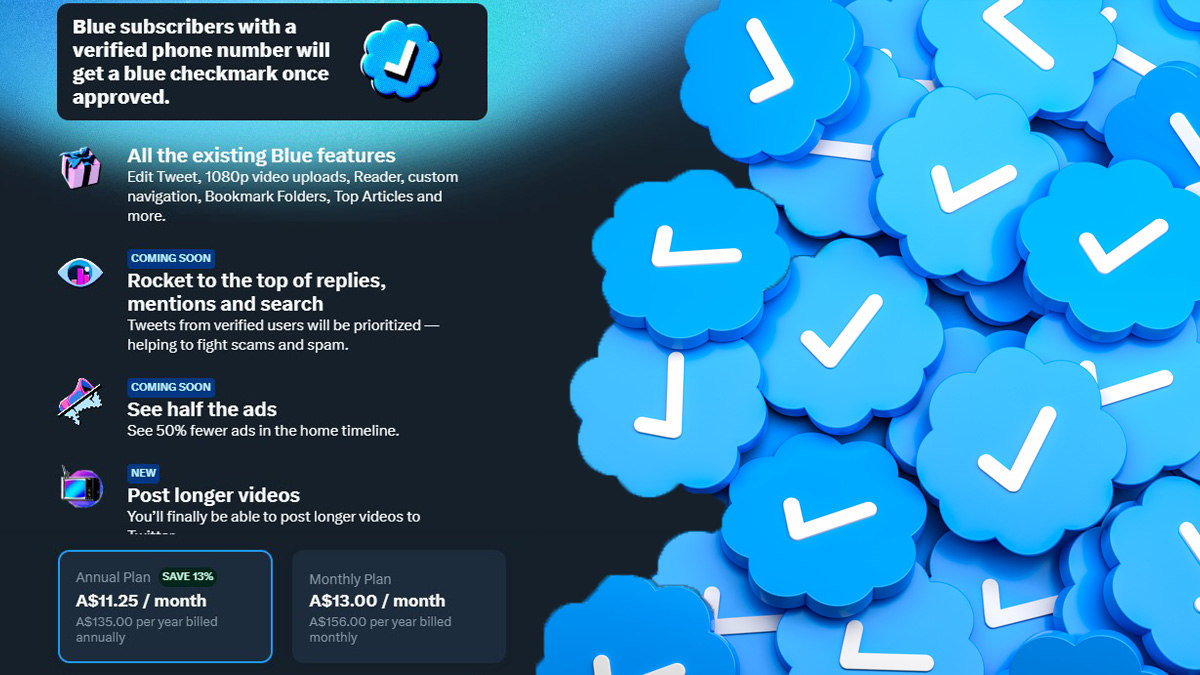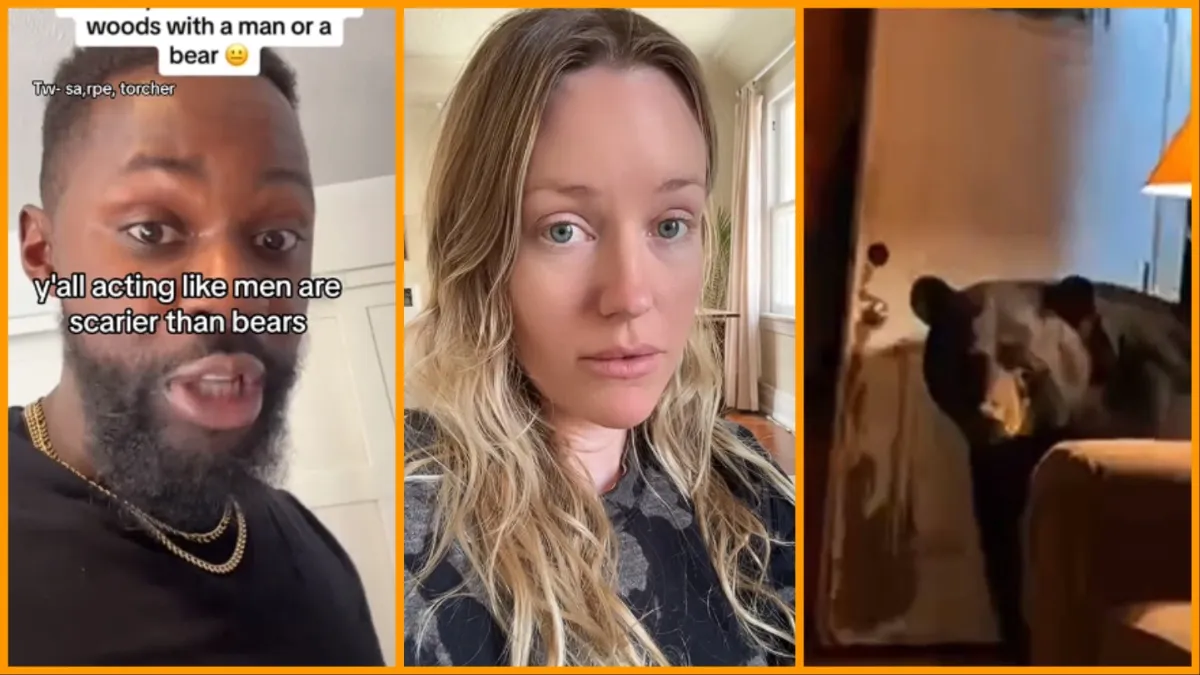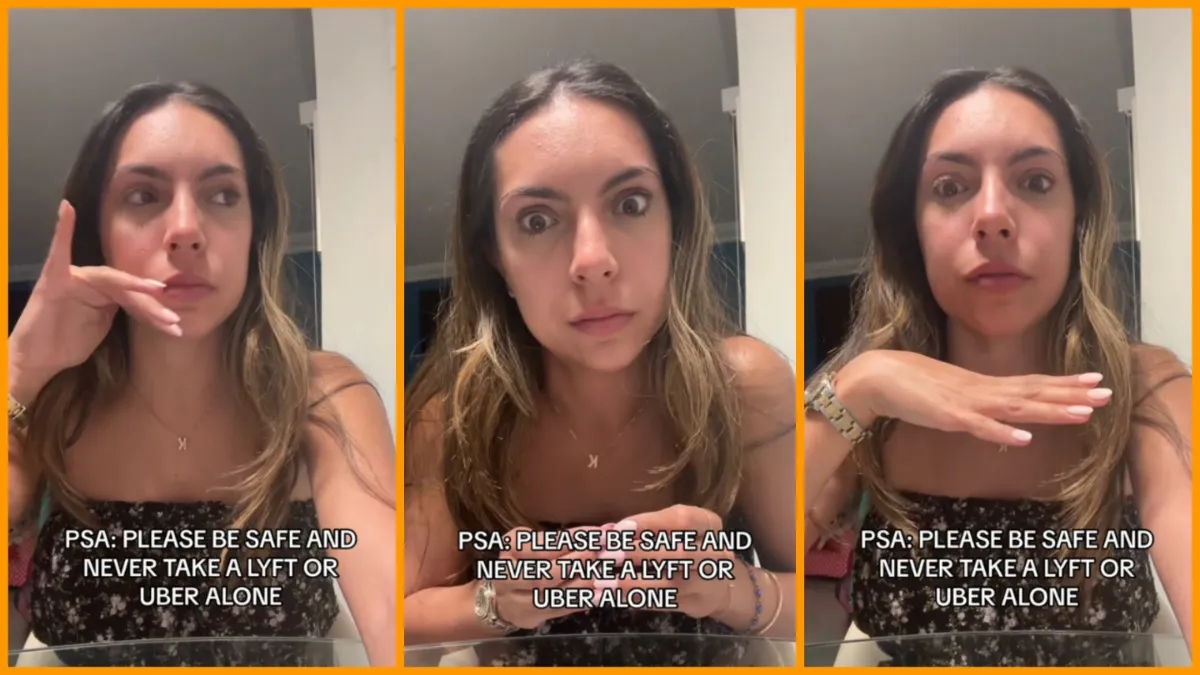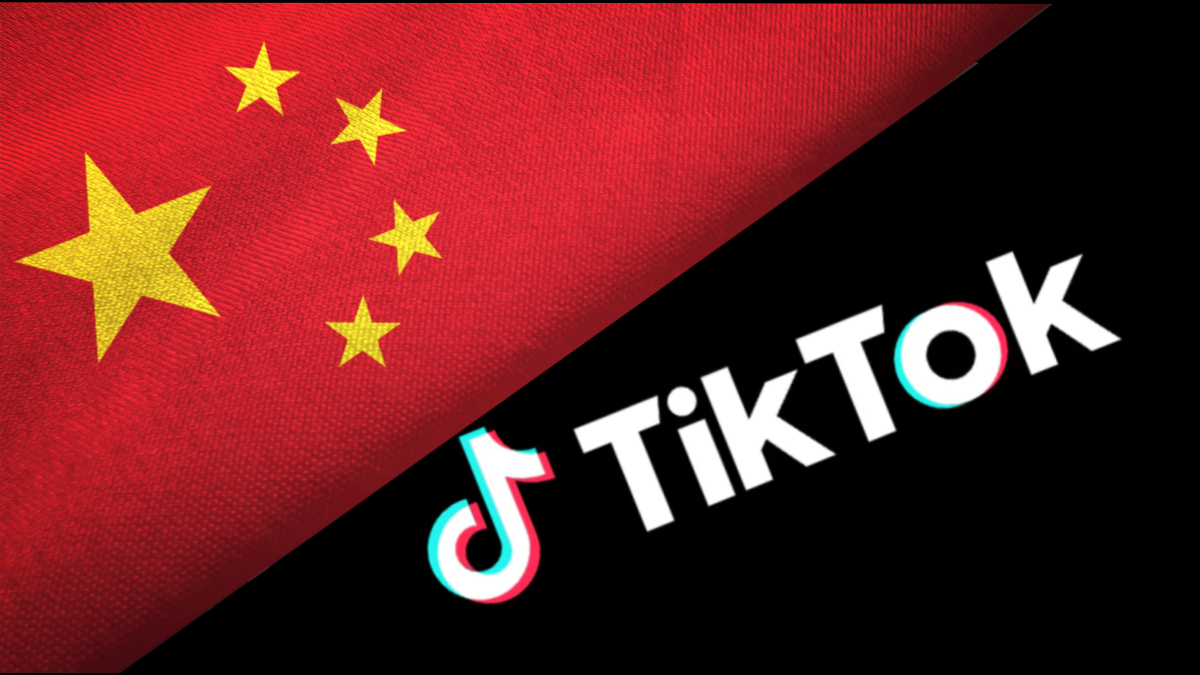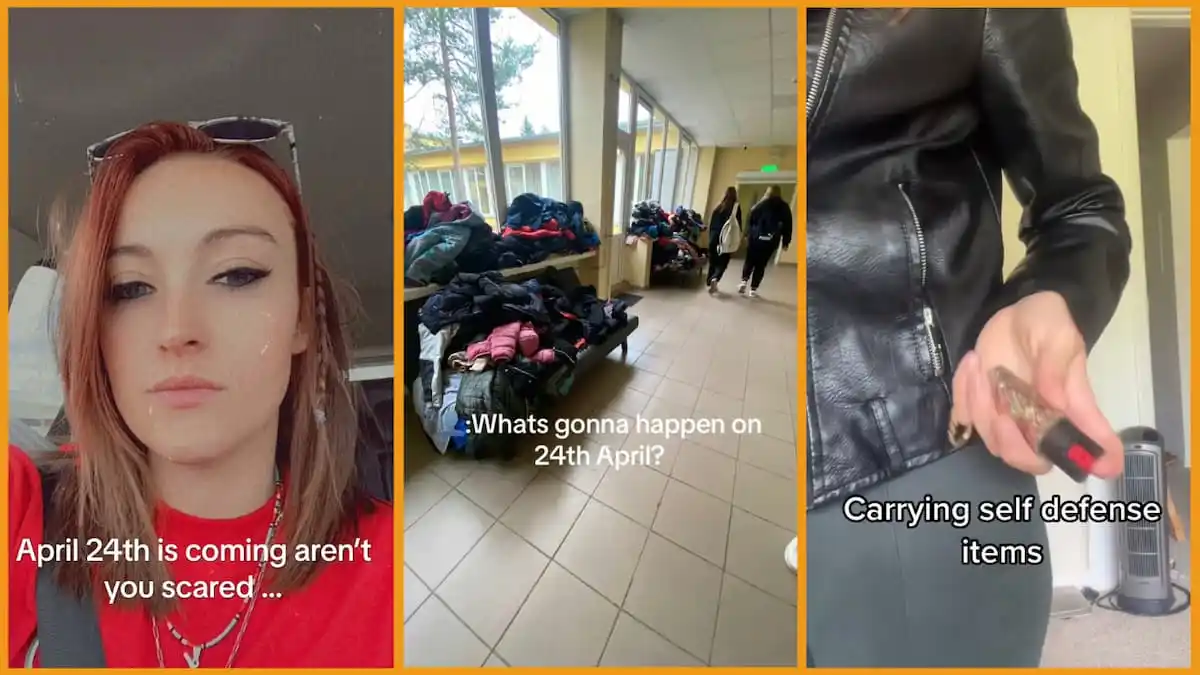Out of all the fake internet points that one could obtain, social media verification was the endgame. A shiny blue badge next to your name to truly prove that you’re a real person was something so many strived to achieve. Unfortunately, getting that digital mark is a massive challenge. You need to be a very notable individual like a politician or celebrity to get a badge, and everyone else was left in the dust.
All of that changed by late October 2022, when Twitter CEO, Elon Musk introduced “paid verification,” a revolutionary system where even the common folk can obtain the shiny badge. According to Musk, this was one of the ways to bring back free speech, as well as to break down the “online hierarchy” of those verified and those who aren’t. Obviously, this was a mistake and absolutely backfired during its early days, but the system stayed and has unfortunately spread to other platforms.
Despite its flaws, it made reaching the “online endgame” much quicker. Rather than just being a notable celebrity, a politician, or a social media influencer, the average Joe and Timmys in the world are able to pay to get a seat at the social media table. Give these companies money and you too could have your posts boosted to a wider audience rather than the friends you have in school.
So is paying for verification worth it? Or are you just giving a monthly fee for a shiny badge that does nothing? This article is my personal experience using these paid verified systems, just to see if it’s worth spending my money on.
Which sites offer paid verification?
Out of all the social media platforms that currently exist, only four offer paid verification. Those are:
- Twitter – $8 monthly subscription via Twitter Blue on the web. The price changes if purchased through iOS.
- Tumblr – get two checkmarks for a one-off fee of $7.99. Users can pay an extra $7.99 to get more badges (maximum is 24 per account).
- Facebook & Instagram – $11.99 a month on the web and $14.99 a month on iOS.
While Tumblr’s paid verification has no intended purpose and was made as a joke to poke fun at Twitter, the other two social media platforms promised more protection, more features, and better engagement. Not to mention, the prestigious shiny badge that people sought. But is it worth it? Does paid verification increase your social media engagement?
Twitter verification
Let’s begin this experiment with the website that started it all — Twitter.
Full disclosure, I actually paid for verification on the day it launched for personal and professional reasons. My subscription lasted until Jan. 2023 due to my mixed feelings about the program.
Prior to the paid verification service, you needed to prove that you were someone worth receiving the badge. Not going to lie, the old system was somewhat better. Not only you had to provide proof of identification, but you also had to provide links/documents that prove that you’re a notable person.
In this new system, all it asks is your money and you’re set. For me, I was verified less than 24 hours since I got it during launch. But I had friends who saw what I did and subscribed weeks later, only to find out that Twitter will need to assess your profile before giving you the badge.
Twitter’s paid verification system is basically a slightly more expensive Twitter Blue subscription. While editing my Tweets during the first 30 minutes was a huge benefit, there was not much else that made the subscription worth it. Yes, I will admit that I did notice a small boost in my posts. And since my personal Twitter is also what I use for work as a journalist, I’ve noticed that people took me more seriously with the badge. It also added the pressure of accountability if I get something wrong.
However, unless I’m someone who uploads HD videos, has an NFT pfp, or makes use of Twitter’s other features. I didn’t see the point of keeping the subscription which resulted in opting out. I might resubscribe if I feel like it, but after hearing that Musk changed the algorithm to ensure his tweets gets the most priority, I don’t think it’s worth giving a guy money who only cares about his ego.
Pros
- People will take you more seriously if your account was designed for journalism.
- Twitter Blue functions from the pre-Musk era.
- Slight increase in engagement.
Cons
- Not worth it if you’re using the basic functions of Twitter.
- The boost doesn’t mean you get hundreds and thousands of people liking your profile.
- You’re paying Elon Musk to boost his ego.
Tumblr
Tumblr’s paid verification system was made as a joke to poke fun at Twitter’s system. Prior to this, verification was non-existent and people would have to find out if an influencer has an account through other social media platforms.
Just like Twitter, I paid for my Tumblr verification, but for my second blog because I was more active there compared to my main. As expected, this is just a shiny badge that you can pay money for. Users don’t get some sort of boost or extra features. All they get are colorful checkmarks next to your name and the intrigue from other users as they now know that you were willing to give Tumblr money for useless internet points. But, hey, it’s all for fun. Tumblr didn’t shove it down your throat to get the feature and everyone who got it knows that it’s just a joke.
In my honest opinion, if you’re someone who wants to pay for verification, make a Tumblr account and get one there. It’s a one-off fee of $7.99 and it pretty much educates you on what actually happens when you’re verified — nothing. You’re still an average Joe and Timmy with a shiny badge that you paid money for. You’re not a celebrity and you have to be interesting in order to get people’s attention.
Pros
- It’s not a subscription. It’s a one-off fee
- You can get up to 24 badges as part of the joke
- Primary and Secondary blogs can get the badge
- A good education tool
Cons
- It’s literally just a shiny badge. It’s useless.
Instagram and Facebook

Meta’s verification system is perhaps much more secure compared to the dumpster fire that was Twitter’s. Alongside paying more than twice as much to get the shiny blue checkmark, you also need proof of identification. Also, not every single account can get the shiny mark. Only certain accounts that managed to hit Meta’s eligibility and usage requirements can get verified and need to be over 18 to get it. In my case, only my Instagram is qualified to get the paid badge, which makes sense since I only have a personal Facebook account and my second Instagram page is just fairly new.
Another notable thing to note about this verified system is that you can still get it for free, but this only applies to those who are notable figures like politicians. So if you can really prove that you deserve the badge without a subscription, go knock yourself out.
Unlike Twitter, there is no difference in badge color or shape if you got it for free or if you paid for it. I’ve compared verified accounts between my friends and celebrities I follow and nothing. There is nothing as of writing that indicates whether the user is paid or not.
In terms of reach and engagement, it’s still the same. Perhaps it got even worse. I may have received a few likes in geo-tagged stories. But for my regular content, it’s still the same numbers, sometimes even lower. The same can be said for reals. My Instagram is known to share personal tech content since it’s a hobby of mine. And usually, I’d get thousands of views on day one alone. So I did the same thing whilst I was verified, and… no improvement. In fact, the numbers dropped drastically more than ever before.
To double-check how bad it’s gotten, I posted a video on Instagram and TikTok. The video was me going to the Melbourne premiere of Shazam: Fury of the Gods and in just six hours of me posting the videos, the TikTok version accumulated more views compared to Instagram, sitting around 550+ views vs. the 50 that reel received. The one posted on Tiktok was an Instagram re-upload, just without the watermark.
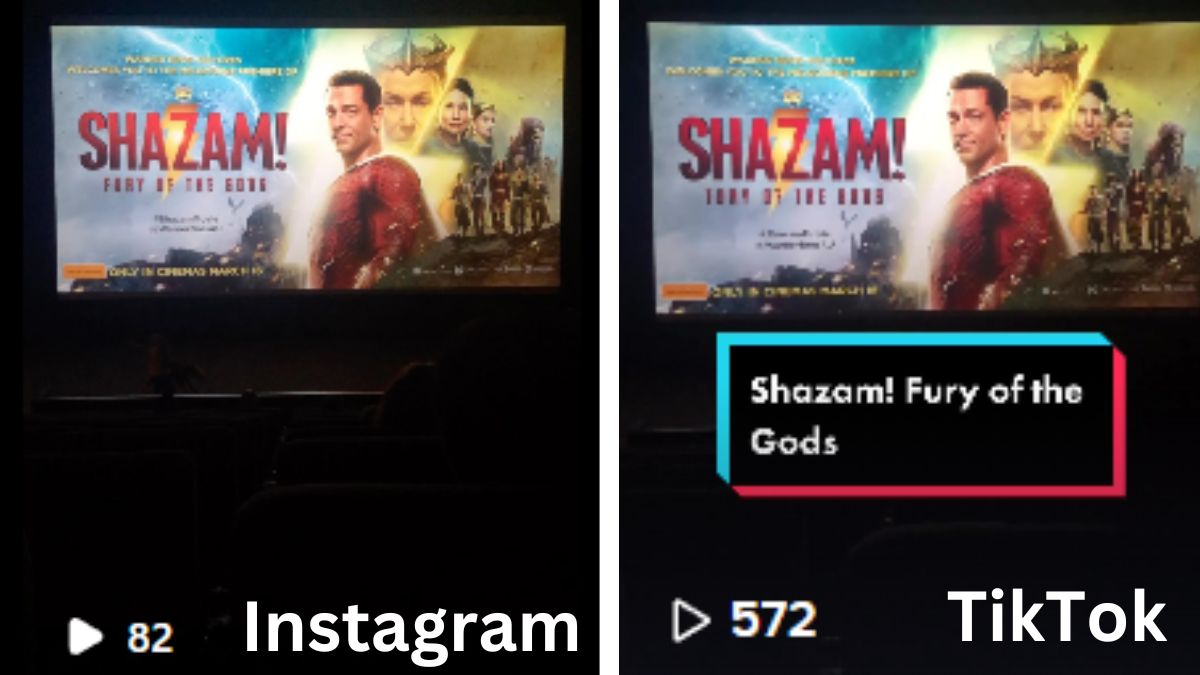
What’s sad is that Instagram has been encouraging users to make content using the app. It doesn’t want people to re-upload stuff from TikTok. The Verge reported last year Instagram can detect videos with a TikTok watermark and it will affect your reach. All the reels I’ve been doing lately are done through the app and the audio is sourced from Instagram’s sound library. And unfortunately, it’s not hitting the numbers that I used to get when I was unverified.
While my experience using this service was very disappointing, I couldn’t see myself paying more than $20 AUD for a shiny badge if the boost that was promised isn’t there. But this is just my experience using the feature. Perhaps it may be different for others. But it’s not a gamble I’m willing to take once more for $20 bucks.
Pros
- No indication of whether the user is a paid user or not
- A safe system that requires proof and users to hit usage requirements.
Cons
- It’s very expensive (it cost $25 AUD dollars a month in Australia)
- It doesn’t help your engagement as you’d hoped.
- Due to zero indication if someone is paid or not, it could spark the rise of “fake influencers” – people pretending to be famous
Did we miss the point of verification?
The point of verification was to prove that you’re a real human. That you’re someone trusted and a public figure, and if someone was to find you, you’d be easily identified thanks to the mark. At the same time, it separates you from the impersonators and fan accounts. But it seems like social media companies saw what Twitter did and realized that they could make money out of people’s desperation for internet points and recognition.
When Twitter launched the paid verification system, it was reported that plenty of brands dropped their advertising on the platform due to trust issues. Advertisers don’t feel safe associating with a website that has people pretending to be verified celebrities, brands, and politicians.
Thankfully, not every social media website plan to do the same thing. YouTube still requires you to be a notable content creator and has met certain criteria. Meanwhile, TikTok requires proof that you’re worth the shiny blue checkmark. Even Twitch requires users to write an essay before they’re accepted to the partner program.
If there is one thing I learned throughout this social media experiment, it’s that money will not help you become social media famous. You could pay for followers or a shiny blue badge, but it will not help you grow a genuine audience who actually likes your content.
Verification is needed for those who are more likely to be impersonated online, whether that may be a YouTuber, a politician, or a public figure. And in my honest opinion, those people need it more than you do. Your pet, baby, or “relationship goals” social media pages don’t need a blue checkmark.

